
Culture
19:24, 08-Nov-2017
Opera, tea and other highlights of Xi and Trump's visit to the Forbidden City
By Li Jingjing and Li Shengnan
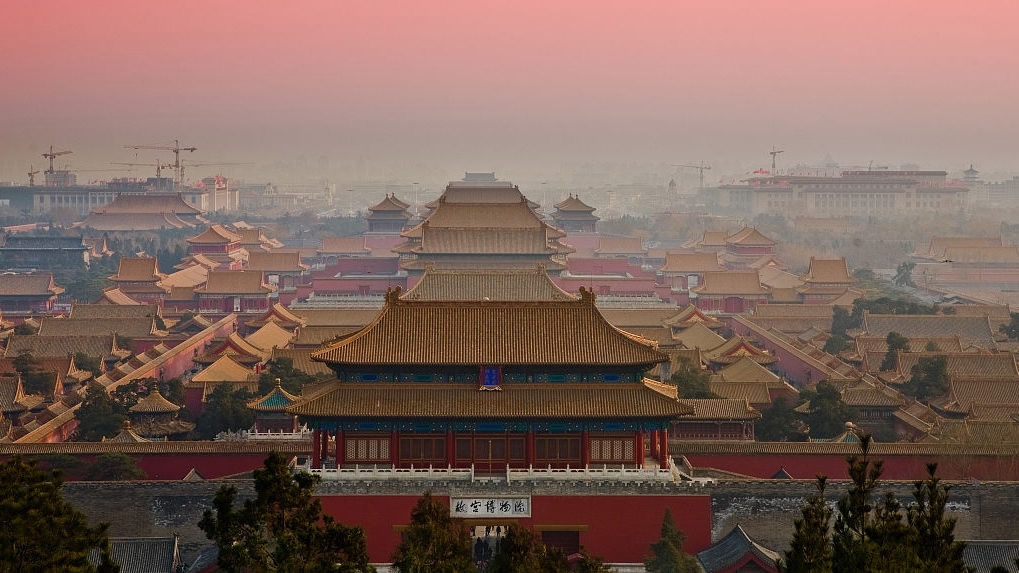
Some tea, some sightseeing, watching a show...US President Donald Trump's first state visit to China got off to a leisurely start.
On Wednesday, Chinese President Xi Jinping and his wife Peng Liyuan welcomed Trump and First Lady Melania Trump at the Forbidden City in central Beijing.
During the tour in the ancient landmark, they visited several pavilions.
So what did they do and where did they visit? Check out their itinerary with this handy map!
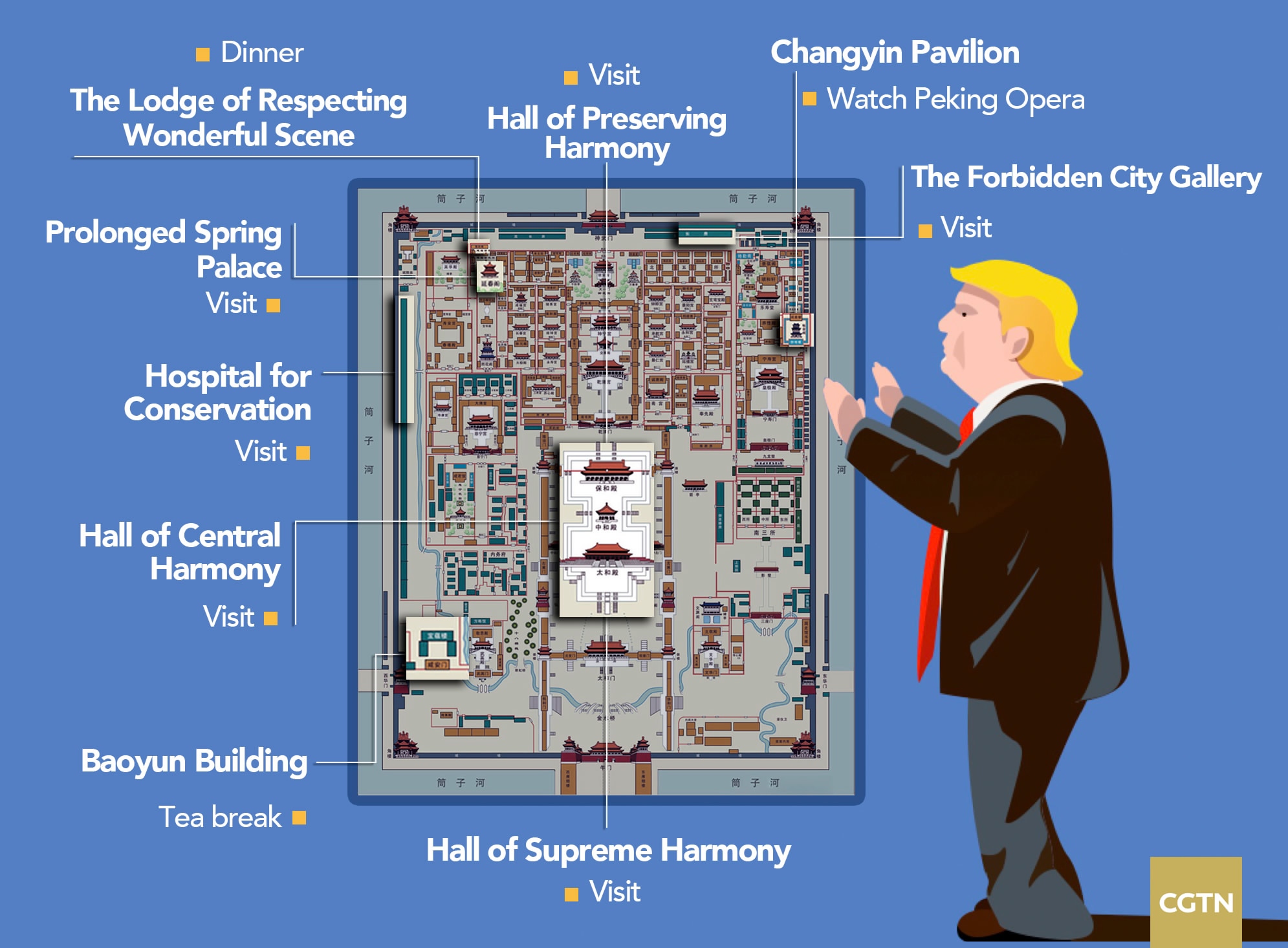
Designed by Gao Hongmei /CGTN Photo
Designed by Gao Hongmei /CGTN Photo
Which pavilions did they go?
Baoyun Building
The first place that Trump stopped is the Baoyun Building, located closed to the west gate of the Forbidden City.
Built in 1915, it is the only western-style compound in the Imperial Palace. It used to store numerous relics, thus the name "Baoyun," which literally means "containing treasure."
The building is now mainly used for exhibitions, and some areas are set aside for cultural research and academic exchanges.
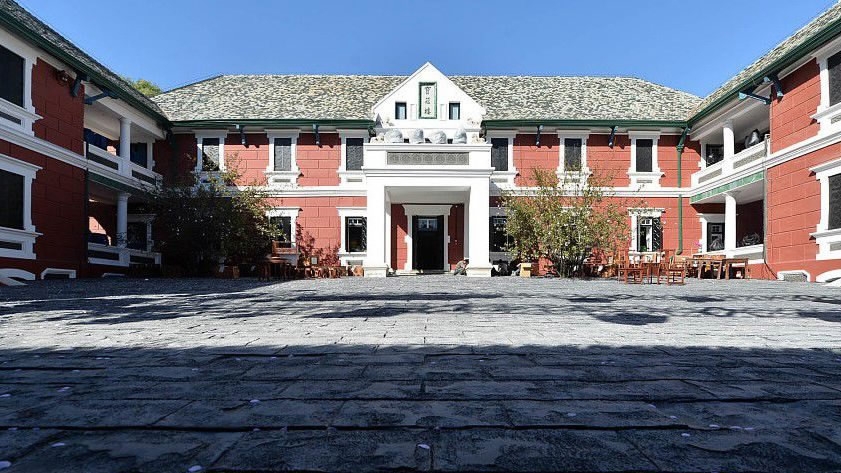
The Baoyun Building at the Forbidden City /Photo via Baidu Baike
The Baoyun Building at the Forbidden City /Photo via Baidu Baike
Three front palaces
That refers to Hall of Supreme Harmony, Hall of Central Harmony and Hall of Preserved Harmony, which forms a line and is located right in the center of the Forbidden City.
The Hall of Supreme Harmony was where inauguration ceremonies for emperors and celebrations took place. Officials also met here to pay their respects to the emperor.
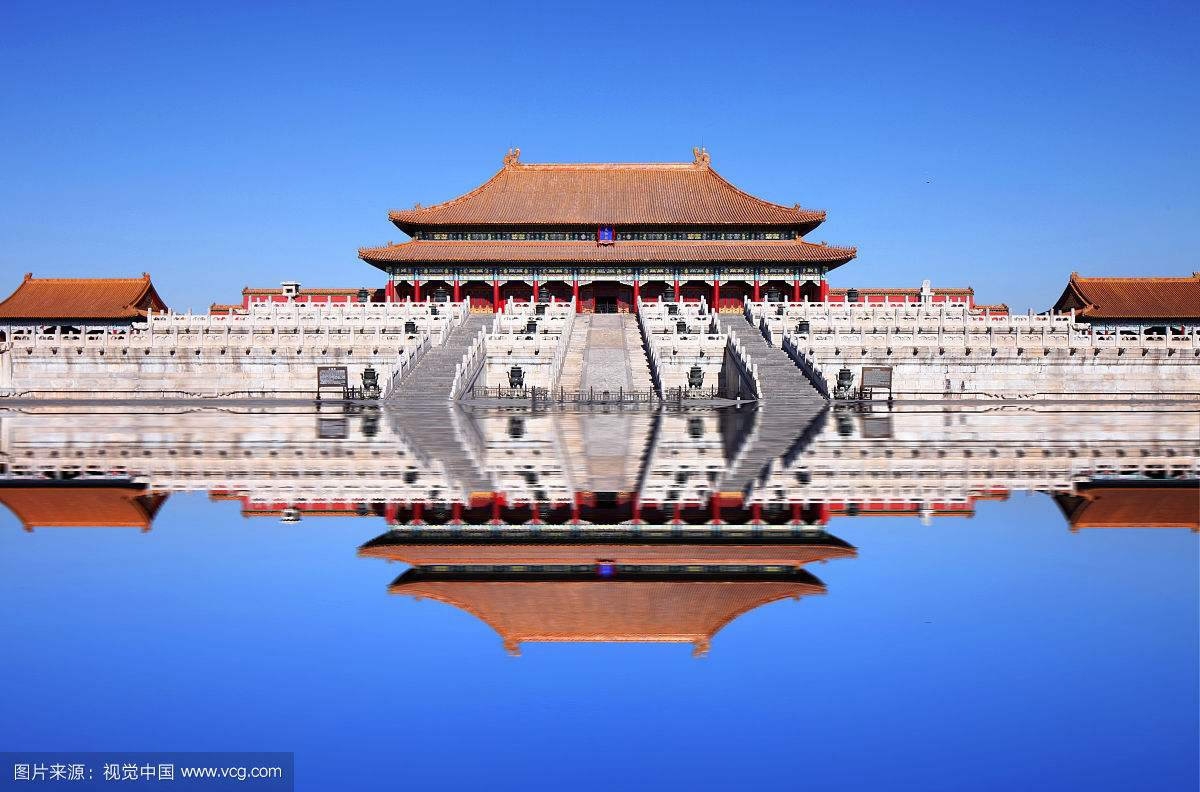
Hall of Supreme Harmony at the Forbidden City /VCG Photo
Hall of Supreme Harmony at the Forbidden City /VCG Photo
Behind that lies the Hall of Central Harmony, a smaller, square hall where the emperor prepared and rested before and during ceremonies.
The last one, Hall of Preserved Harmony, was used for rehearsals, and was also where the final stage of China’s imperial examination was held.
The magnificence of the three halls also represents a high level of their architecture skills in ancient China.
The Hospital for Conservation
Another iconic site is the state-of-the-art conservation center to "treat" ancient cultural relics in disrepair. Located at the northwest corner of the Forbidden City, the hospital was official launched at the end of 2016.
This conservation hospital boasts China’s most-advanced restoration workshops. It is here where cultural relics are restored by "doctors," who combine their traditional craftsmanship with modern technology and methods

Experts repairing a relic at the conservation hospital at the Forbidden City /Photo via picture.youth.cn
Experts repairing a relic at the conservation hospital at the Forbidden City /Photo via picture.youth.cn
Changyin Pavillion
The Changyin Pavilion, built from 1772 to 1776 during the reign of Emperor Qianlong in Qing Dynasty, is the stage of a royal theater.
It is a five-story stage, with three stories above ground and two underground. The total area is more than 680 square meters. It is equipped with wells, a basement and winches, all hidden under the wooden floor.
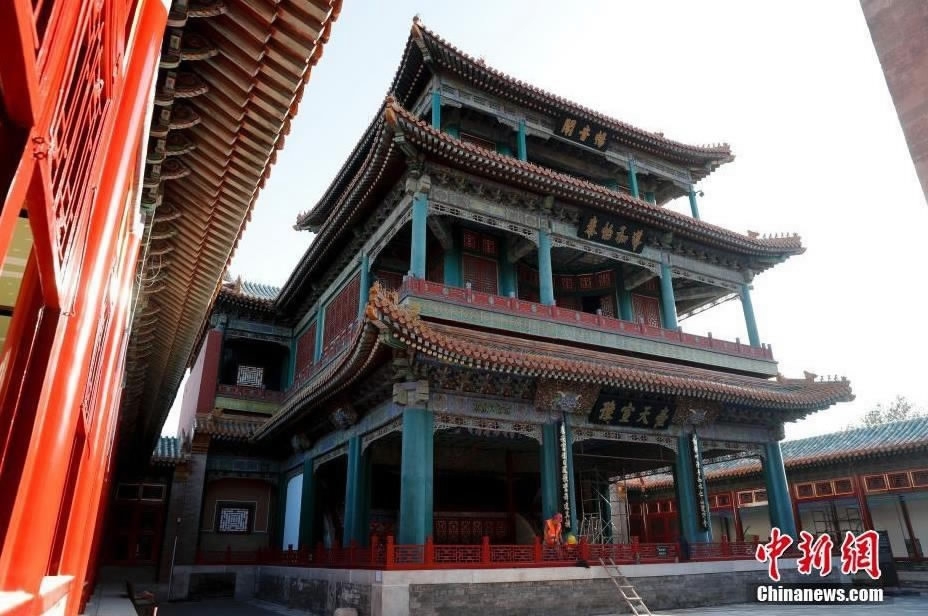
The Changyin Pavillion at the Forbidden City /Photo via chinanews.com
The Changyin Pavillion at the Forbidden City /Photo via chinanews.com
9km

SITEMAP
Copyright © 2018 CGTN. Beijing ICP prepared NO.16065310-3
Copyright © 2018 CGTN. Beijing ICP prepared NO.16065310-3